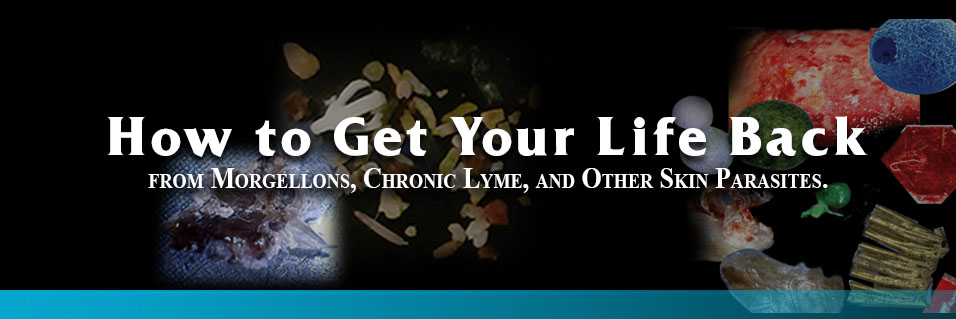Jory forwarded me a research project titled, Mixed Borrelia burgdorferi and Helicobacter pylori Biofilms in Morgellons Disease Dermatological Specimens published 5/17/19 which finds that "The biofilm marker alginate was also found in the sections. Conclusions: Mixed Bb and Hp biofilms containing β-amyloid and phosphorylated tau may play a role in the evolution of MD."
Bb is borellia bungaforte and Hp is Helicobacter pylori. Borellia bungaforte is the spirochete bacterium associated with Lyme disease and Helicobacter pylori, according to the Mayo Clinic, is "a type of bacteria called Helicobacter pylori (H. pylori) infects your stomach. This usually happens during childhood. A common cause of peptic ulcers, H. pylori infection may be present in more than half the people in the world."
Helicobacter pylori, according to Mayo, is usually treated with antibiotics and is a typical infection that with Morgellons Disease becomes a co-factor resulting in the non healing ulcerations of the skin instead of the stomach. To further complicate the issue, biofilms are created by these organisms making them resistant to standard antibiotic treatment.
I thank Jory for keeping her eyes open and sending me the study. I'm sure it's published on the Morgellons Foundation website. Our answers to both Lyme disease, Helicobacter pylori, and biofilm are:
1. Deep Wound Cleanse Kit
2. Nano Glutathione to apply direct to lesions.
3. Nature's Gift™ Chitinese Enzymes targeted to dissolve biofilm and chitin.
4. Topical allicin--for now, until we develop a cream, remove the allicin from a capsule and stir it into one of our creams or lotions and then apply direct to the lesion.
Note: for #1, #3, and #4 above, apply frequently--initially every 15 minutes and then every half hour and then every couple hours.
|



